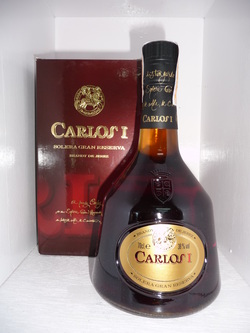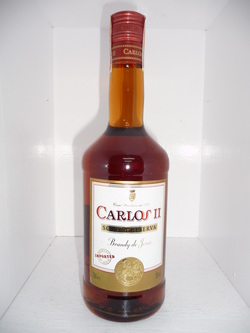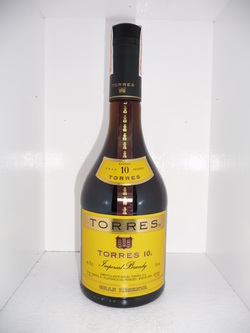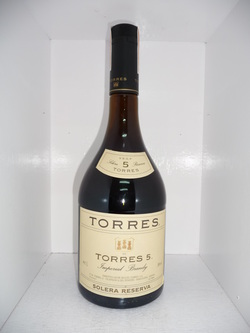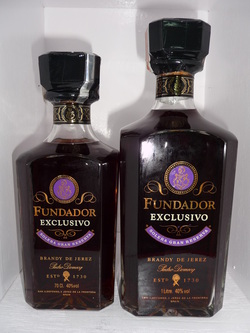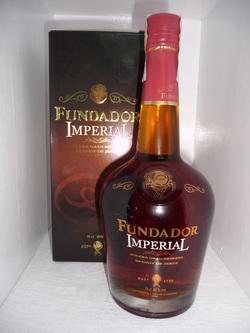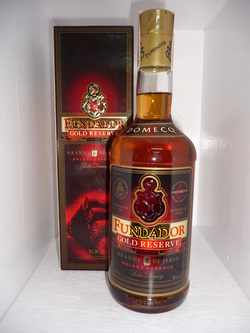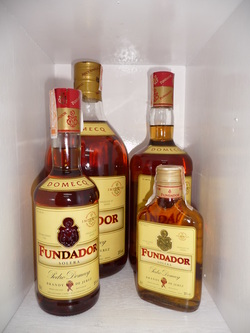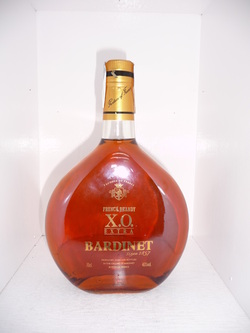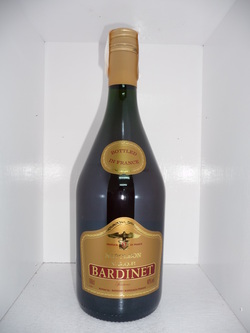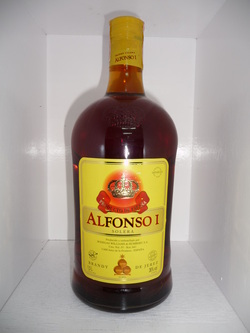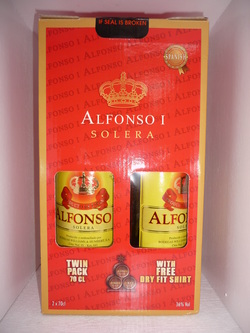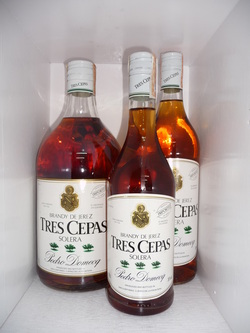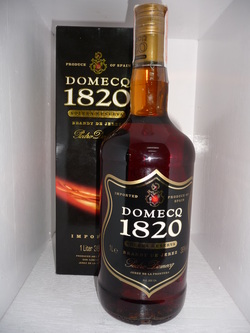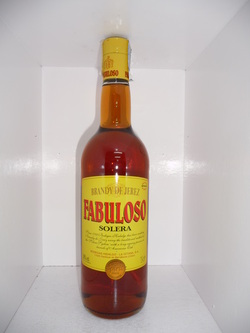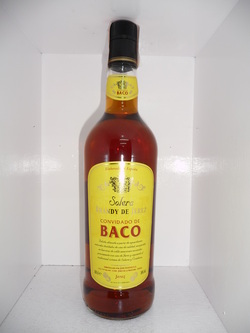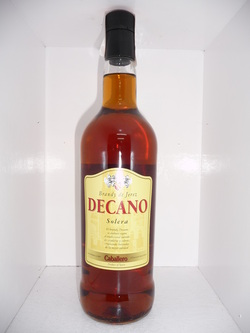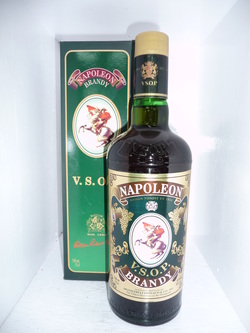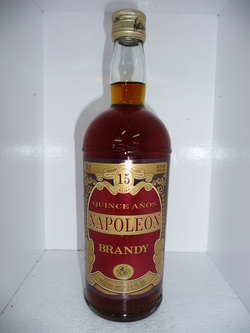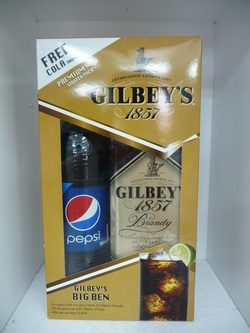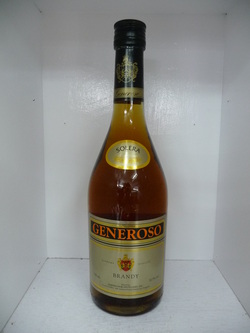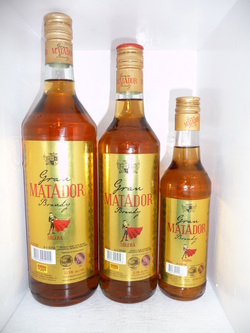Brandy
Brandy (from brandywine, derived from Dutch brandewijn—"burnt wine") is a spirit produced by distilling wine. Brandy generally contains 35%–60% alcohol by volume and is typically taken as an after-dinner drink. Some brandies are aged in wooden casks, while some are simply coloured with caramel colouring to imitate the effect of such aging (and some brandies are produced using a combination of both aging and colouring).
Brandy is also produced from fermented fruits other than grapes, but these products are typically called eaux-de-vie. In some countries, fruit flavouring or some other flavouring may be added to a spirit that is called "brandy".
The origins of brandy are clearly tied to the development of distillation. Concentrated alcoholic beverages were known in ancient Greece and Rome. Brandy, as it is known today, first began to appear in the 12th century and became generally popular in the 14th century.
Initially wine was distilled as a preservation method and as a way to make the wine easier for merchants to transport. It was also thought that wine was originally distilled to lessen the tax which was assessed by volume. The intent was to add the water removed by distillation back to the brandy shortly before consumption. It was discovered that after having been stored in wooden casks, the resulting product had improved over the original distilled spirit. In addition to removing water, the distillation process leads to the formation and decomposition of numerous aroma compounds, fundamentally altering the composition of the distillate from its source. Non-volatile substances such as pigments, sugars, and salts remain behind in the still. As a result, the taste of the distillate may be quite unlike that of the original source.
Brandy is also produced from fermented fruits other than grapes, but these products are typically called eaux-de-vie. In some countries, fruit flavouring or some other flavouring may be added to a spirit that is called "brandy".
The origins of brandy are clearly tied to the development of distillation. Concentrated alcoholic beverages were known in ancient Greece and Rome. Brandy, as it is known today, first began to appear in the 12th century and became generally popular in the 14th century.
Initially wine was distilled as a preservation method and as a way to make the wine easier for merchants to transport. It was also thought that wine was originally distilled to lessen the tax which was assessed by volume. The intent was to add the water removed by distillation back to the brandy shortly before consumption. It was discovered that after having been stored in wooden casks, the resulting product had improved over the original distilled spirit. In addition to removing water, the distillation process leads to the formation and decomposition of numerous aroma compounds, fundamentally altering the composition of the distillate from its source. Non-volatile substances such as pigments, sugars, and salts remain behind in the still. As a result, the taste of the distillate may be quite unlike that of the original source.
